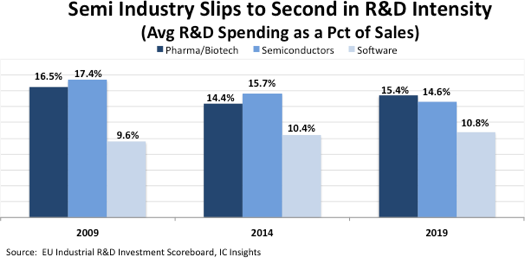Scientists from Far Eastern Federal University (FEFU, Vladivostok, Russia), together with colleagues from FEB RAS, China, Hong Kong, and Australia, manufactured ultra-compact bright sources based on IR-emitting mercury telluride (HgTe) quantum dots (QDs), the future functional elements of quantum computers and advanced sensors. A related article is published in “Light: Science and Applications”. FEFU scientists, together with colleagues from the Far Eastern Branch of the Russian Academy of Sciences and foreign experts, designed a resonant lattice laser printed on a surface of thin gold film that allows to control the near- and mid-IR radiation properties of capping layer of mercury telluride (HgTe) QDs.
SEMI Talent Forum to Help Build Next-Generation Chip Industry Workforce
Post-graduates and onboarding talent will connect with local companies to explore semiconductor industry career paths and employment opportunities at the SEMI Talent Forum, 6 March 2020 in Swansea, UKat the University of Swansea. Sponsored by SEMI, the industry association representing the global electronics manufacturing and design supply chain, and staged in partnership with European organizations including the University of Swansea, Edwards, Oxford Instruments, and SPTS Technologies, the event will also highlight how technology is reshaping the global workforce. Participation is free of charge and registration is open.
Technology Trends in Semiconductors, Revealed by GlobalData
Semiconductors will enable the low latency, high bandwidth, pixel-heavy world soon to be spawned by the widespread deployment of 5G, but it will require a series of industry resets involving new architectures, business models, and materials. The central challenge is to process huge volumes of data a lot faster using a much lower power draw per bit stored, processed, and moved.
Semiconductor R&D To Nudge Higher Through 2024
The semiconductor business is defined by rapid technological changes and the need to maintain high levels of investment in research and development for new materials, innovative manufacturing processes for increasingly complex chip designs, and advanced IC packaging technologies.
